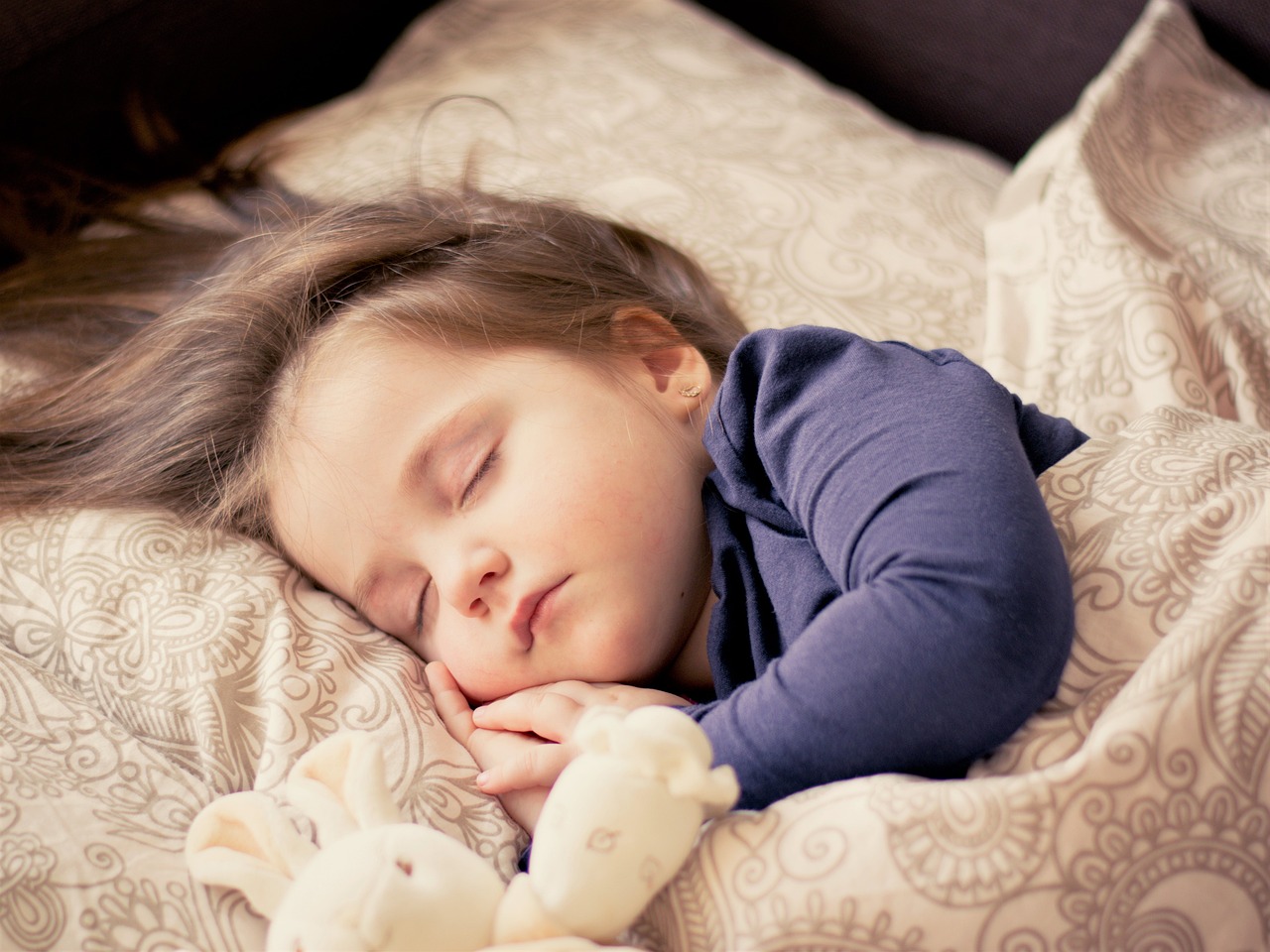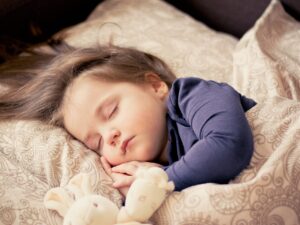The Sleepytime Struggle: 5 Sleep Tips for Children
Sleep is a vital part of a child’s life to promote growth and development. Optimal sleep impacts a child’s readiness to participate in Activities of Daily Living (ADL). Oftentimes, a child will have difficulty with the skills of going to bed and getting enough sleep, resulting in disturbances. Fortunately, sleep is one of many ADL’s that pediatric occupational therapists help promote!
Reasons for Sleep Disturbances
Studies have highlighted a variety of factors contributing to disturbances in sleep. Environmental factors may include overcrowding, noise and lack of consistent cooling and heating. Other factors include daytime habits, such as caffeine use, lack of exercise, poor diet, and more commonly, use of electronics just before bedtime. Families may consider travel time to/from work/school as limiting factors as well.
Within the pediatric population, sensory integration difficulties often impact sleep. Sensory integration has to do with the brain’s ability to process and interpret information from the following senses: visual, auditory, tactile, olfactory, gustatory, vestibular, proprioception, and interoception. With this in mind, children may have difficulty calming or relaxing their bodies due to sensitivity of surrounding stimuli. Poor sleep over time can lead to negative behavior, poor self-regulation, and depression.
5 Sleep Tips for Children
- Set a bedtime and routine- Establish a bedtime you feel is appropriate for your child and try to be consistent with this time throughout the week. Then, create a sequence of events 30 minutes before bedtime. Visual schedules and verbal reminders of this sequence of events may be helpful. To reinforce this routine, allow for your child to assist in the process by asking what the next step may be, or offering a choice of preferred item (i.e. song, book, stuffed animal etc.).
- Promote relaxation- Try to avoid alerting activities such as television or exercise. Promote a clear space by cleaning up items before bedtime. Soothing music will aid in achieving a relaxing environment as well.
- Promote feeling of comfort- Children that fear the dark may benefit from use of nightlights or making a habit of checking hidden spaces. Dimming the lights will help a child’s eyes adjust in preparation for bed. Sensory processing must be considered in this area. Parents may want to consider fabric used for bedding, pajamas, the temperature of the room, the amount of light, and scents. Heavy work activities may be beneficial for children who feel the need to move. These activities include wall pushups, animal walks or tossing a weighted ball. The goal is to lower their arousal level.
- Ensure safety while sleeping alone- For younger children, be mindful of blankets and stuffed animals placed in cribs. Remove any loose cords to prevent choking, place a large pillow on the floor to prevent injury from rolling and use a monitor if needed. Consider night lights in the bathroom if your child makes trips during the night.
- Promote independence- Place your child in bed just before falling asleep to develop independence. White noise, such as sound machines, fans or aquariums may be used for comfort. Avoid drinking caffeine during the day and encourage reading in bed.
Occupational Therapists help families to trial changes in bedtime routines, habits and patterns. At Kids Place, we have pediatric occupational therapists who can promote sleep and rest for improved function. Reach out to schedule an evaluation today!
References
AOTA. (n.d.). Establishing Bedtime Routines for Children. Tips For Living Life To Its Fullest. Retrieved January 30, 2023, from https://www.aota.org/~/media/Corporate/Files/AboutOT/consumers/Youth/BedroomRoutineTipSheet.pdf
Maureen Russell, Carol Baldwin, Kelly Roberts; Obstacles to Healthy Sleep in Caregivers of Young Children With Developmental Disabilities. Am J Occup Ther August 2020, Vol. 74(4_Supplement_1), 7411515438p1. doi: https://doi.org/10.5014/ajot.2020.74S1-PO7404
May-Benson, T. A., & Spiral Foundation Interns. (n.d.). Sleep and sensory integration: A guide for parents – the spiral foundation. Retrieved January 15, 2023, from https://thespiralfoundation.org/wp-content/uploads/2018/10/Sleep-and-SI-brochure_final.pdf








